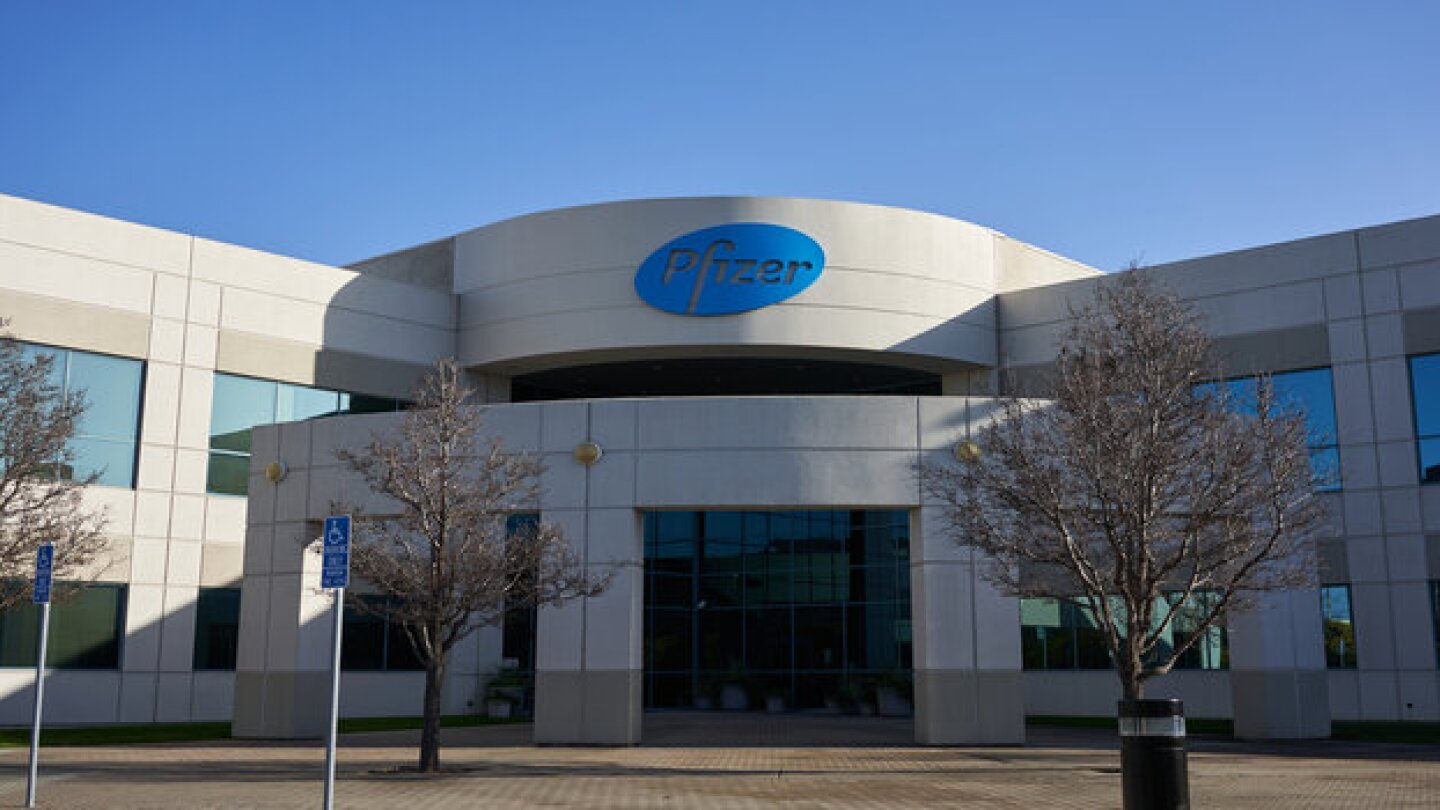Rare diseases
In the wake of Pfizer’s voluntary market withdrawal of the popular sickle cell disease therapy, BioSpace looks at five investigational drugs currently making their way through the pipeline.
The regulator has delayed its respective decision dates on whether to grant full approval to Amgen’s Lumakras in metastatic colorectal cancer and Intercept Pharmaceuticals’ Ocaliva for primary biliary cholangitis.
Under the deal, the Danish pharma will gain access to Longboard’s 5-HT2C receptor superagonist that is currently in late-stage development for seizures in various developmental and epileptic encephalopathies, including Dravet syndrome.
The approval makes Pfizer’s Hympavzi the first once-weekly subcutaneous prophylactic injection for hemophilia B in the U.S., according to the company, which is currently embroiled in a row with activist investor Starboard Value.
While ex vivo genome editing results in highly effective cell therapies, it can lead to off-target effects. Caribou Biosciences has come up with a novel approach for potentially more precise gene editing compared to all-RNA guides.
Since its inception in 1992, the FDA’s accelerated approval pathway has helped shepherd nearly 300 new drugs to the market. However, recent years have seen a number of high-profile market withdrawals and failed confirmatory trials.
Despite substantial variability in the presented data and no well-controlled trial, the FDA advisory committee voted in favor of Stealth BioTherapeutics’ Barth syndrome therapy elamipretide, citing the urgent unmet need.
The pediatric patients, with a rare neurodegenerative disease, were treated with bluebird bio’s Skysona to slow the progression of neurologic dysfunction. Six patients developed myelodysplastic syndrome and one patient developed acute myeloid leukemia.
The FDA’s reviewers pointed out that Stealth’s elamipretide missed its primary efficacy endpoints in the main study used to establish its effectiveness.
The rejection is related to the timing of the FDA’s reinspection of Zealand’s third-party manufacturer, which previously had deficiencies.
PRESS RELEASES










